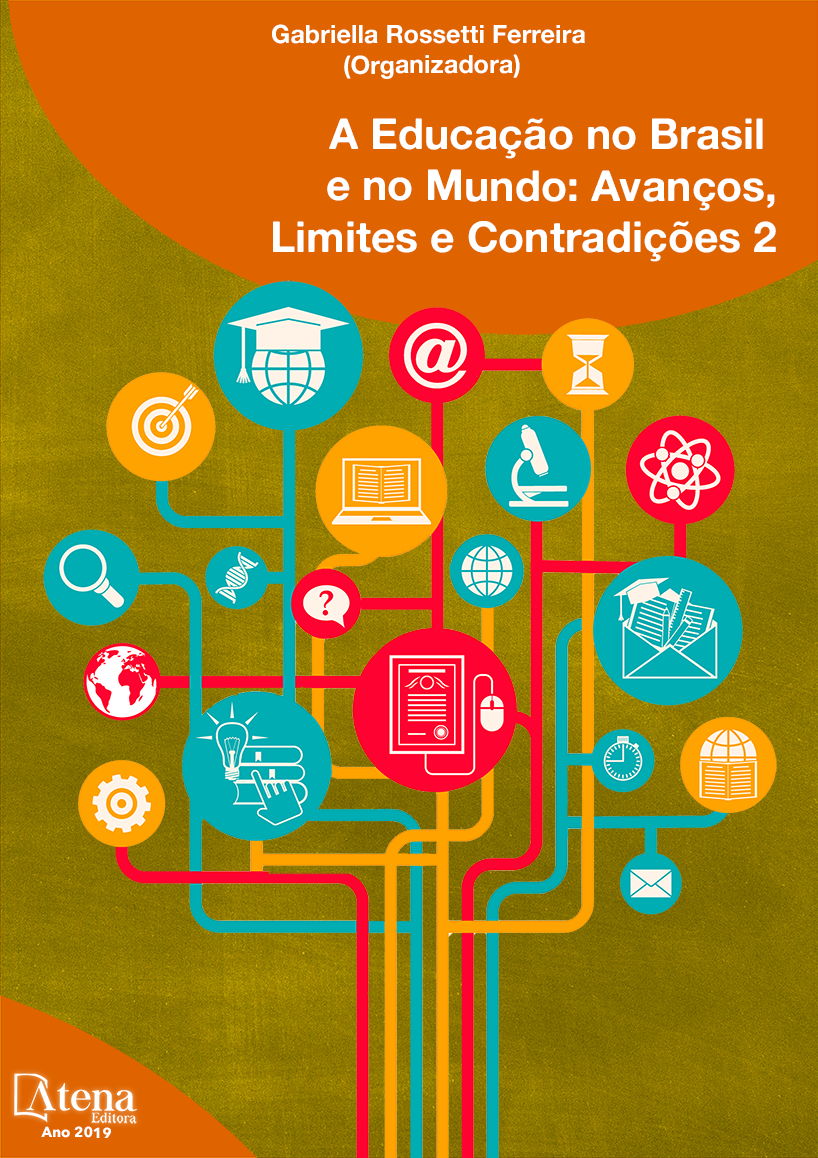
O PROCESSO EXCLUDENTE QUE PROVOCA A EVASÃO ESCOLAR DE HOMENS E MULHERES TRANSEXUAIS E TRAVESTIS
Historicamente, a população
LGBT+ foi estigmatizada e teve vários direitos
fundamentais negados. Apesar da violência e
exclusão, a escola acaba sendo um dos poucos
espaços sociais que lhes restam. Porém, uma
simples visita à instituição, percorrendo seus
espaços, logo percebemos que não é nada
acolhedora. Louro (2004) destaca que, desde
a sua criação, a instituição educativa segregou
sujeitos, separou meninos e meninas, decidiu
quem pode ou não estudar, além de conter a
fluidez dos corpos. Dentre os LGBT+, existem
alguns sujeitos que sofrem mais a segregação
social: homens e mulheres transexuais e
travestis. Para tais pessoas, essa realidade
é bem difícil, uma vez que, bem mais do que
modificar o corpo, escapam ao suposto padrão
socialmente convencionado como “natural”. Ser
mulher ou homem transexual e travesti na escola
significa TRANSpor um conjunto de regras
e se submeter a todos os tipos de agressões
possíveis e imagináveis. Sobretudo, porque é
na Educação Básica que as características e
conflitos identitários se iniciam, como também
a transição corporal. Assim, a escola não se
configura como instituição ingênua e passiva,
pois além de produzir práticas de exclusão,
também as produz, conforme aponta Bourdieu
(2009). Este trabalho apresenta uma reflexão
acerca do perfil socioeducacional da população
LBGT+ a fim de analisar os motivos que levam
homens e mulheres transexuais e travestis a
abandonarem os seus estudos. Os resultados
apontam para uma prática educativa de exclusão,
a qual silencia tais sujeitos, segregando-os, não
oferecendo suporte didático-pedagógico com
fins a evitar a evasão dos mesmos.
O PROCESSO EXCLUDENTE QUE PROVOCA A EVASÃO ESCOLAR DE HOMENS E MULHERES TRANSEXUAIS E TRAVESTIS
-
DOI: 10.22533/at.ed.8011911077
-
Palavras-chave: Escola. Evasão. LGBT+. Transexualidade. Travesti.
-
Keywords: School. Evasion. LGBT+. Transsexuality. Transvestite.
-
Abstract:
Historically, the LGBT + population
was stigmatized and had several fundamental
rights denied. Despite violence and exclusion,
the school ends up being one of the few
remaining social spaces. However, a simple
visit to the institution, going through its spaces, we soon realize that it is not at all
welcoming. Louro (2004) points out that, since its creation, the educational institution
has segregated subjects, separated boys and girls, decided who can study or not,
and contain the fluidity of bodies. Among LGBT +, there are some subjects who suffer
more from social segregation: transsexual men and women and transvestites. For
such people, this reality is very difficult, since, rather than modifying the body, they
escape the supposedly socially agreed standard of “natural”. Being a transsexual
woman and man and transvestite in school means TRANSPUTING a set of rules and
submitting to all sorts of possible and imaginable assaults. Above all, because it is
in Basic Education that the identity characteristics and conflicts begin, as well as the
corporal transition. Thus, the school does not set itself up as a naive and passive
institution, because in addition to producing practices of exclusion, it also produces
them, as Bourdieu (2009) points out. This work presents a reflection about the socioeducational
profile of the LBGT + population in order to analyze the reasons that lead
transgender and transsexual men and women to abandon their studies. The results
point to an educational practice of exclusion, which silences such subjects, segregating
them, not offering didactic-pedagogical support with a view to avoiding their evasion.
-
Número de páginas: 15
- Jarles Lopes de Medeiros
- Alexsandra dos Santos Barbosa
- Marcos Adriano Barbosa de Novaes
- Johnantan Santiago Moura
- Erikah Pinto Souza


